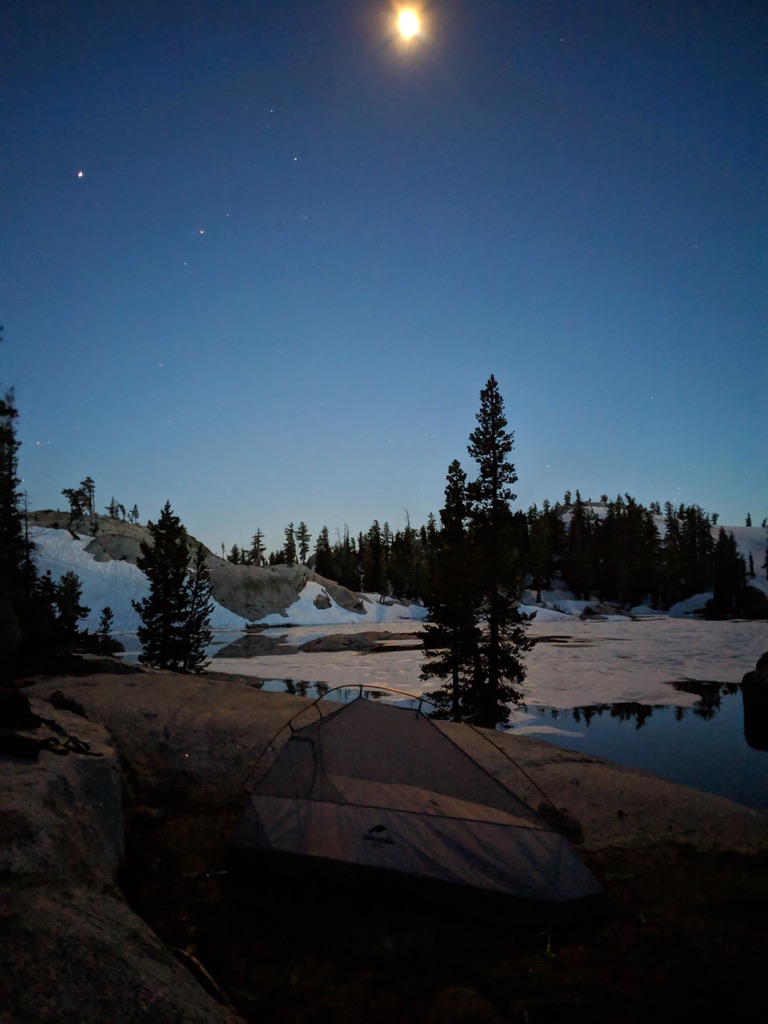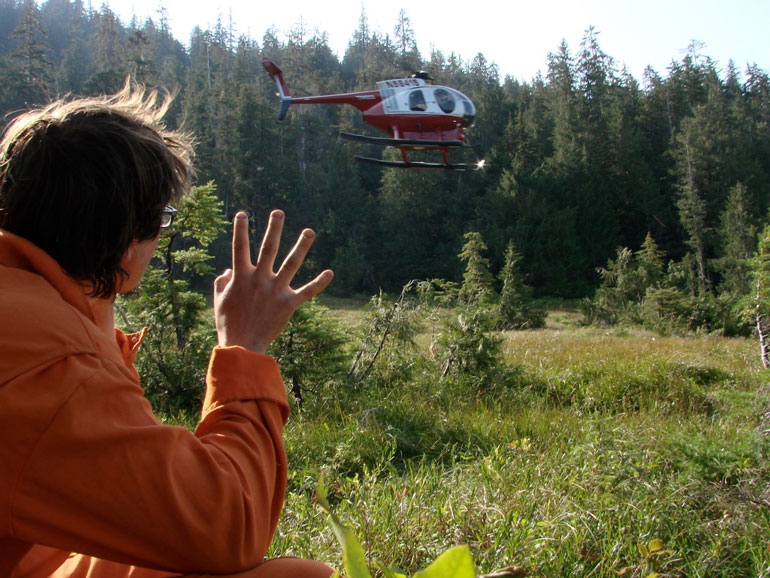Hello again,
My name is Tayleur Baker, and I am a 2024 Extension Communications Intern, based in Harney County. Throughout my internship this summer, I have been able to engage with the OSU Extension Communications team to create meaningful content for our communities. This pursuit led me to counties outside of my own to capture the heart and story of Extension across Eastern Oregon. The media pieces I created were in the realms of videography, photography, journalistic written word and social media engagement. I am passionate about all of these different communication areas and I was pleased to gain further experience to refine my skills.

My favorite part about this summer has been the opportunity to engage with others and make long lasting connections. Whether attending a day camp, receiving feedback from the communications team or engaging with a county virtually, connections were formed that made a positive impact on my life that I am extremely grateful for. Additionally, Extension truly does care about their employees and set me up for success and professional growth every day.
I would suggest this internship to anyone who is searching for a way to improve themselves in their communication skills while having fun doing it. Extension has a welcoming staff, a patient environment, and an atmosphere that fosters growth. This internship is not a job full of busy work for the youngest member of the team, but a position that encourages interns to discover how they can make the most out of their internship. They hand over the reins and give interns the opportunity to tailor their experience to be beneficial in determining their future. Additionally, amidst the duration of the internship, staff are continually encouraging, pouring into their interns, and supporting their projects because they wish to see them succeed. It is an amazing experience that I recommend all who can to engage in.
As I have only about two weeks left of my internship, my page is about to turn. In the fall, I will be returning to Oregon State University to study Speech Communication with a minor in Agriculture Science. It is my hope to use my voice to make a difference in the world around me and support the people along my path. I am committed to serving others in whatever position I may find myself in, and I am grateful for Extension showing me this commitment by example. Thank you, OSU Extension, for another great year and once again, go Beavs!


